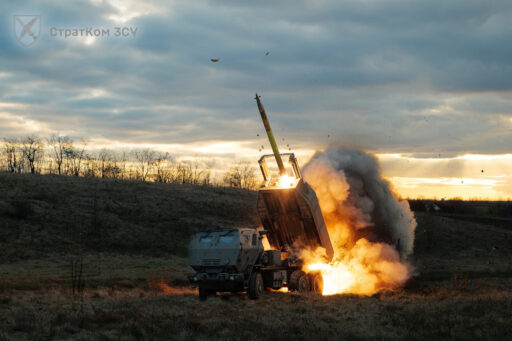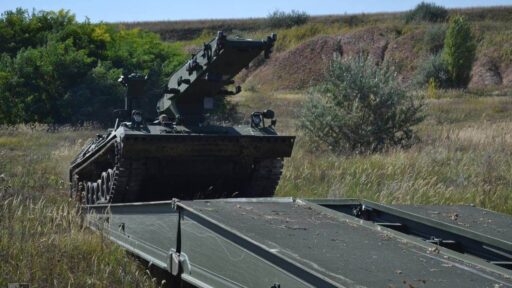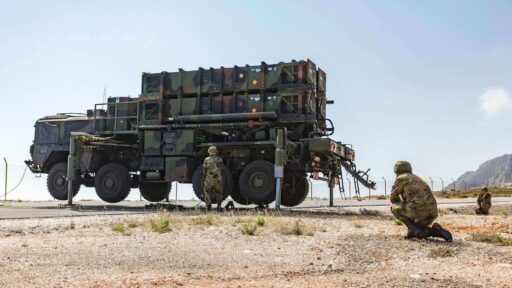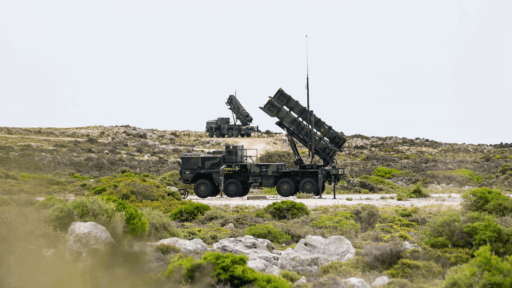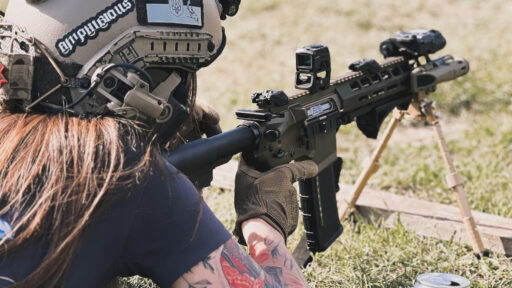On the 15th of March 2024, the heads of government from France, Germany, and Poland met in Berlin as part of the Weimar Triangle and discussed the situation in Ukraine, in particular how to improve the military situation for the Ukrainian army.
After the meeting, they presented themselves to the public as a united front, smiling and holding hands in a victorious pose. A signal not only to Putin, but also to the global public: we won’t let Ukraine down.
A series of measures were announced to the press to provide even greater support to the Ukrainian military in future. One point in particular has caused great interest. A new capability coalition focussing on “far-reaching rocket artillery” is to be established.
What are capability coalitions and what purpose do they serve?
The eight capability coalitions, which are currently focusing on Ukraine’s drones, tanks, air force, artillery, maritime security, ground-based air defence, demining and information technology capabilities, are there to support and build up Ukraine’s defence in the long term over the following years.
In detail, the idea is to support Ukraine in specific areas through better coordinated assistance on a long-term basis in line with NATO standards.
The point is therefore not to put together a new aid package in the short term, but to strengthen Ukraine in a targeted and long-term manner. Status quo, future requirements and needs, and so on.
Instead of each country doing its own thing, actions in these fields are better coordinated among the participating countries and measures can be implemented in a more targeted manner.
We are now talking about far-reaching rocket artillery, not to be mistaken for conventional artillery or howitzers, which already exists as a capability coalition led by France and the USA, even if France is lagging far behind expectations as far as artillery is concerned and the US is currently having massive problems approving new aid for Ukraine.
What could this be about?
Basically, it can be stated that the Ukrainian rocket artillery is to be built up and expanded over a medium-term period. The German Minister of Defence announced this timeline on Friday.
Interestingly, according to his current knowledge, France is to take the lead, while Germany and Poland will only be part of the coalition. According to Pistorius, “this is the right thing to do”.
Why he thinks that remains his secret for now. According to publicly available information, France supplied four LRU MLRS and Germany five MARS II MLRS to Ukraine. It’s not known how much ammunition France has delivered to Ukraine, but for Germany, it’s at least 294 GLMRS and 480 M26 (AT2) rockets.
The capabilities of modern rocket artillery are therefore already available to a certain extent. However, the aim will, of course, also be to provide Ukraine with additional modern MLRS. The extent to which this will be possible, especially in the short term, is highly questionable.
Germany, for example, is planning to replace the 5 MARS II’s delivered to Ukraine with the equivalent number of PULS. So there can hardly be any talk of an increase in the number of MLRS so that it would be possible to supply them comfortably from own stocks, which would save time.

If nothing changes, this will most likely result in joint bulk orders being placed with the industry to supply Ukraine with modern rocket artillery in the long term. If larger orders are placed for the country’s own armies in the future, the transfer of army stocks can also be expected, for example to compensate in the short term for losses of the Ukrainian army.
Regarding procurement plans for the AFU, only the M142 HIMARS, which is already being produced in large numbers for Poland, could be considered. PULS, which is to be procured and produced for the armies of the Netherlands, Denmark and Germany, would also be available on the market, although it is very unlikely that a delivery to Ukraine would be approved, as Israel has so far blocked arms exports to Ukraine, even though Russia is supplied with Iranian Shahed drones.
What about ammunition and what does “far-reaching” mean?
Of course, ammunition deliveries to Ukraine are also to be organised and carried out via this Capability Coalition. To speculate about which ammunition could be in question, we should first look at what is meant by “far-reaching”.
In my opinion, Germany’s Chancellor Olaf Scholz gave us a good insight into what he means by “far-reaching” even before the Capability Coalition was announced.
On the 13th of March, he was questioned by Sara Nanni, the security policy spokeswoman for the Greens in the Bundestag, on the meaning and realisation of the motion of the “Ampel coalition”, the governing parties, in which he also agreed to the delivery of “far-reaching weapons systems and ammunition” to Ukraine.

His answer to the question was remarkable, a clear presentation of what he thinks is acceptable, what his limits are and what we can expect from the new Capability Coalition.
He said that it is, of course, a matter of enabling Ukraine to carry out defensive military interventions with a range of 80 km, 100 km or even 150 km and that the German government is already trying to buy and deliver weapons and ammunition with a range greater than 100 km via own procurement initiatives, also outside Europe.
Another key piece of information is that he used MARS II as an example, i.e. rocket artillery provided by Germany.
Even though Germany’s Minister of Defence Boris Pistorius said a few days ago that it is all about rocket artillery “of whatever range”, I think it’s easy to guess by Scholz’s statement where the journey is heading as far as the range of the ammunition is concerned.
We are talking about a range of more than 80 to around 150 kilometres. According to the German Chancellor, this is the area that is “essentially at stake”. At least from the German perspective. Of course, I can’t rule out, that other members will supply ammunition with an even greater range. France, for example, has already delivered SCALP-EG with a much greater range to Ukraine.
In terms of newly produced ammunition, this would mean M30A2 (84 km), M31A2 (84 km), ER GMLRS (150 km) or perhaps even GLSDB (150 km). The latter have not been in service with the AFU for long and the remains of a GLSDB were first found in February 2024 near Kreminna, Luhansk Oblast.

It is also important that both within the Weimar Triangle and within the EU it was agreed that weapons and ammunition would also be purchased outside the EU to support Ukraine.
Ideally, this should mean large orders for the American defence industry, even if it is of course possible to buy ammunition from US army stocks, especially in the short term, to deliver the ammunition to Ukraine as quickly as possible and not wait for the new production from manufacturers.
There is certainly one name that many people still have in mind. The Army Tactical Missile System, or in short: ATACMS. Even if the basic M39 variant, which was already delivered to Ukraine by the US in small quantities last year, is more or less still within the range of “150 km” mentioned by Scholz, I doubt that he would support a delivery.
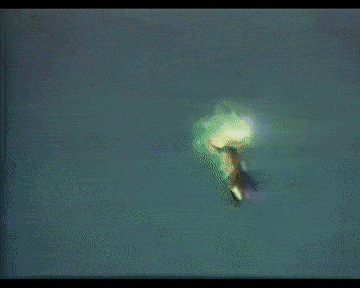
The ATACMS missile is filled with 950 M74 bomblets, each the size of a tennis ball, which are dispersed across a circular area around 206 metres in diameter.
This means that at least the M39 variant, which Ukraine already received, and the newer M39A1 variant are to be categorised as cluster munitions.
However, Germany is part of the Oslo Convention, the ban on cluster munitions, and has already completely destroyed its own stocks by the end of 2015. I therefore think it is unlikely that Germany will acquire the M39 or M39A1 variant and deliver them to Ukraine.
But this does not necessarily apply to other members of the new Capability Coalition. Another option for Germany would be to push the limit a little and supply ammunition with a range of up to 300 kilometres.
In this case, it would be quite possible to supply Ukraine with ATACMS of the M48, M57 or M57E1 variant. The major difference would be that these versions do not rely on submunitions but on unitary warheads.
This naturally depends on the will of the German government, above all Olaf Scholz. However, this may take a while. As Pistorius said, the Far-Reaching Rocket Artillery Capability Coalition is “still very new” and the implementation, including the distribution of tasks, can easily take some time.
If you liked this post, consider following me on X, Bluesky, or Telegram. If you like, you can also leave me a tip on Ko-fi.


